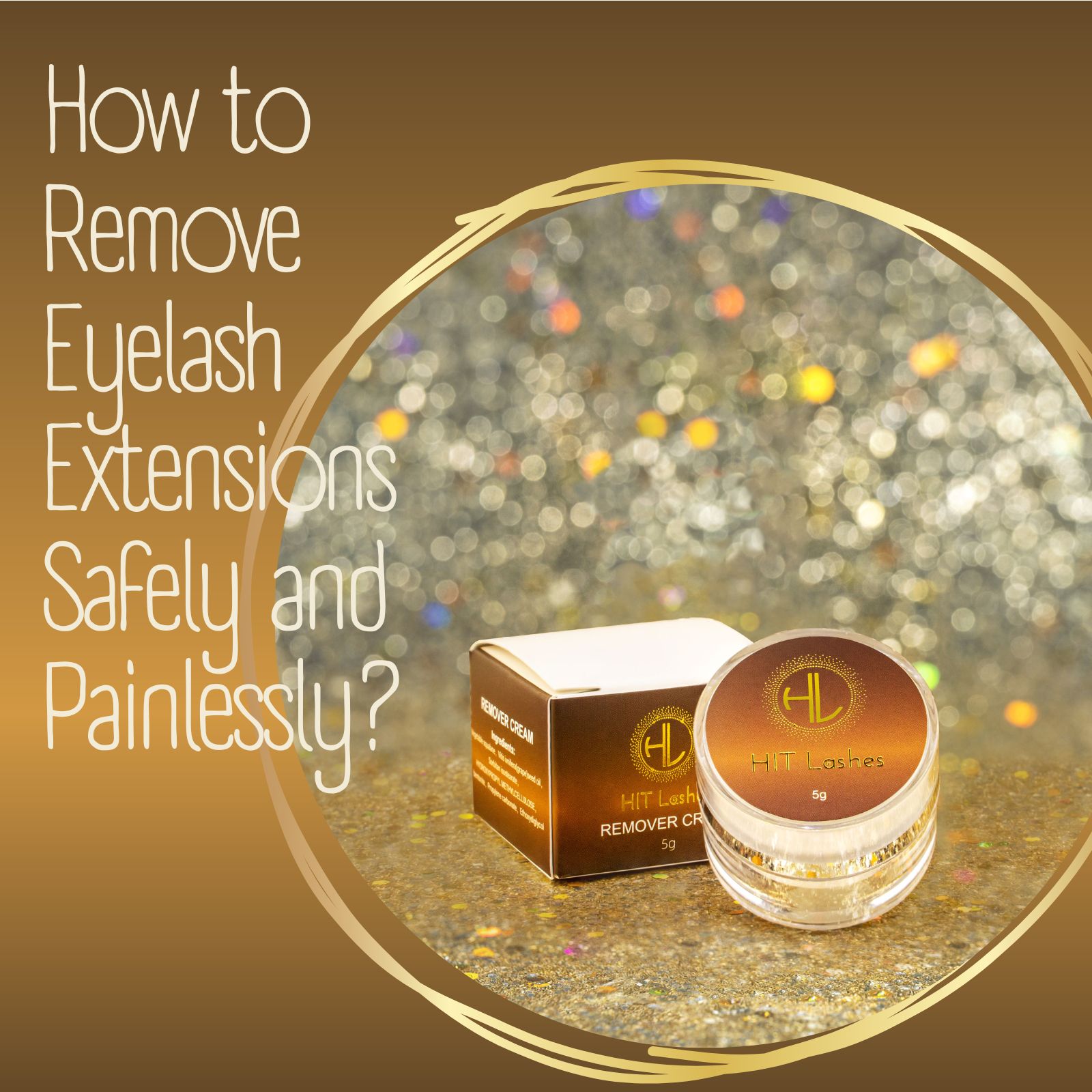
How to Remove Eyelash Extensions Safely and Painlessly?
Synthetic eyelash extensions can be removed quickly and painlessly with the help of a remover. What is an eyelash remover, how does it work, what types of products are there and how can you use them without risking the health of your eyes and natural hairs? Let’s talk in detail
How it works
Removing synthetic eyelashes is relevant when:
- you do not plan to make a correction and want to return their natural look to your native cilia;
- the result of the extension procedure did not meet your expectations and there is a desire to get rid of it as soon as possible;
- after a long extension or when, instead of correction, it is necessary to re-grow 100% of the cilia (this is recommended if by the time of correction the eyelash line has lost not 30-40%, but 60-70% in volume).
In these cases, lash makers use a remover to remove eyelashes – a special professional product with a formula based on active ingredients. It gently softens the adhesive layer that holds synthetic hairs without damaging the structure of natural cilia and hair follicles.
What are eyelash removers?
Depending on the texture and consistency, removers are:
Liquid removers
Liquid remover is the champion in speed among all other types. It contains potent active ingredients that dissolve almost any glue very quickly.
Like no one else, he can remove only extended eyelashes, as well as remove artificial hairs pointwise (this is true, for example, during correction – a small amount of the drug is applied with a microbrush in the area of the coupling of the natural and synthetic eyelashes that need to be removed). And it is difficult to perform complete removal with a liquid remover – there is a risk that the product will spread and get on the mucous membrane of the eye, and this is fraught with irritation and chemical burns. Moreover, such consequences are possible both from the impact of the remover itself, and from its fumes.
Often, craftsmen use liquid removers to clean tools and any surfaces from glue residue – this is quick and convenient.
Gel removers
It is convenient to remove eyelashes with a gel remover – due to the gel-like consistency, the product does not spread, does not smear, does not provoke irritation of the mucous membrane of the eyes and is very economically consumed.
Gel remover
Preparations with a gel texture are suitable for the complete removal of artificial hairs. But you need to take into account the fact that from the heat of the skin they become more liquid, they can spread and get on the mucous membrane. Therefore, when working with gel removers, it is necessary to glue protective patches, apply the product in a small amount and only on the root zone of the eyelashes.
Cream removers
Cream-based removers are considered the safest and most gentle preparations. The formula of such products includes not only active ingredients for soft and gentle dissolution of the adhesive base, but also fatty oils, caring ingredients. You can work with them even with increased sensitivity of the skin of the eyelids.
Cream eyelash remover for sensitive eyes
The cream eyelash remover is easy to use due to its thick dense texture – it does not spread, it stays neatly on the hairs. It is used mainly for the complete removal of extended cilia after prolonged wear. And the cream remover does an excellent job of removing tufts.
How to use an eyelash remover – step by step technology?
Step-by-step work with a professional tool for removing extended cilia looks like this:
- Preparation. The client takes a lying position (or sitting, if it is convenient for him and the master). Lashmaker cleans the work area from makeup and impurities, treats eyelashes with a degreaser. The lower eyelashes are isolated with a protective hydrogel substrate.
- Applying remover. Using a microbrush, the master applies a remover in the root zone of eyelash growth to the places of gluing of natural and artificial hairs. The amount of product should be small, but sufficient so that all cilia junctions are well covered. In addition, it is important that the remover be applied evenly – otherwise, the area where the preparation is less will be removed worse, and repeated application will take time.
- Excerpt. The exposure time depends on the type of remover used. It usually takes a few seconds for the remover to work if it is liquid, 3-5 minutes if it is gel, and 4-6 minutes if it is cream.
- Removal of synthetic hairs. At the end of the exposure time, the lash maker removes the artificial hairs with tweezers, gently pulling them by the base. The movements of the tweezers are carried out strictly from the root zone of the cilia, where the remover and glue directly interact.
- Final processing. The master gently removes the remains of the remover with tweezers, then with a dry cotton swab. After that, the cilia are cleaned with a special foam shampoo – it is applied with a microbrush, and the remnants are removed with a dry cotton swab. To wash off the cleanser, pass through the hairs with a wet cotton swab. In conclusion, they are carefully combed with a comb-brush.
At first glance, the procedure is simple and it seems that even a beginner can handle it at home. In fact, you cannot do it yourself, if only because, according to safety requirements, while working with an eyelash remover, your eyes must be tightly closed so that the preparation itself and its vapors do not come into contact with the mucous membrane.
Therefore, it is better to trust the removal of extended eyelashes with a remover by certified lash makers who strictly follow the technology of the procedure and work with high-quality products from luxury and premium brands.



